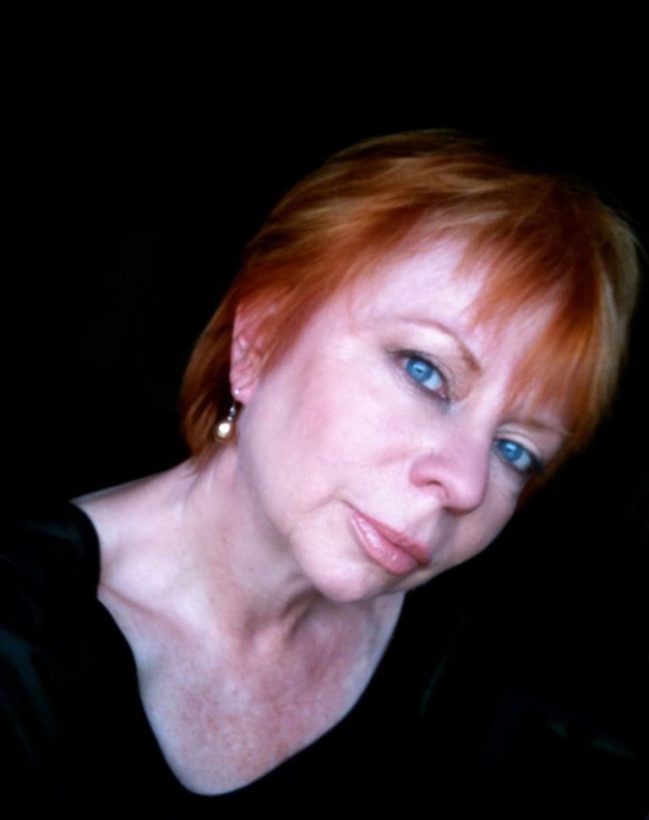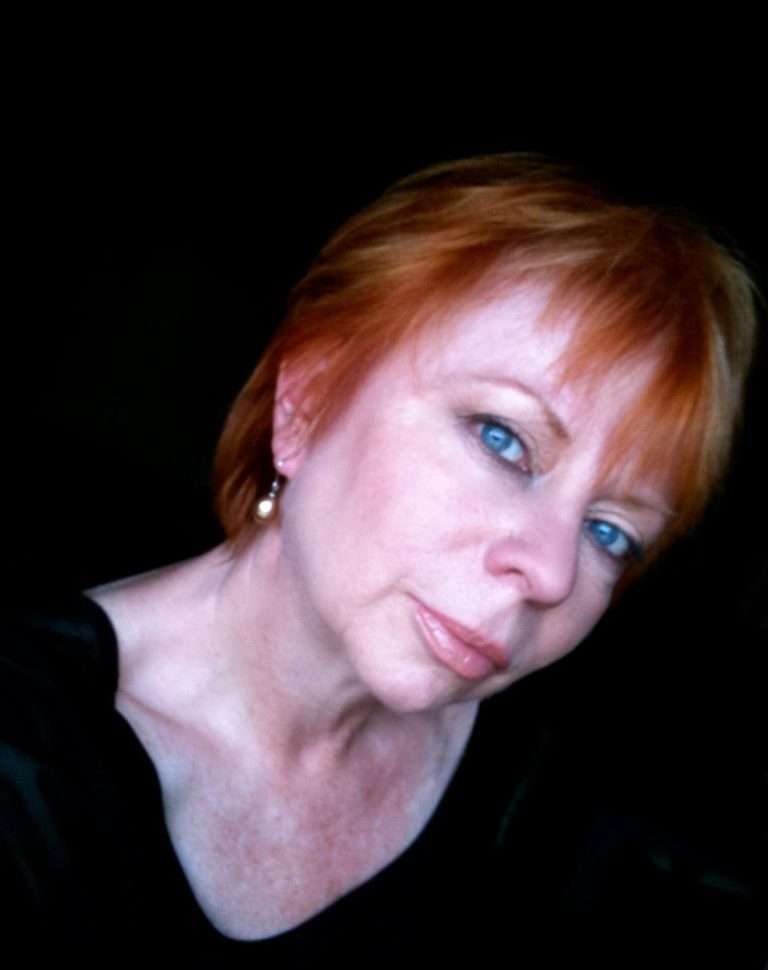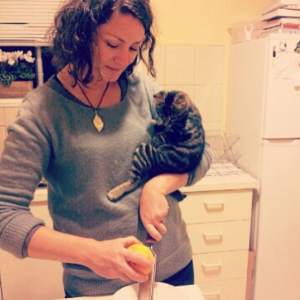This April, we’re shining the spotlight on one of our talented editors here at Tellwell—meet Jen! She plays a key role in helping authors bring their stories to life, guiding them through the editing process with care, expertise, and a true passion for storytelling.
Read on to learn more about Jen and her role at Tellwell.
How did you get into professional editing?
Throughout my life, editing and I have taken turns finding each other.
In elementary school, unasked, I would politely point out any errors I noticed in my teachers’ written materials. In high school, people were always showing me their angsty love poems and love letters and asking if I thought they should send them or if they should change any of the wording first for greatest effect. I would advise them to take out the cliches and build on the specifics. In university, as a student of English Literature, I was the one everyone asked to edit their essays at 2 a.m. For a summer I taught English in Japan where, while waiting at an airport in Tokyo, a pilot sat down beside me and silently handed over a pile of papers and a pen. Through hand gestures and facial expressions, I grew to understand that he was asking me to edit his flight notes. I did so, happily. But how did the pilot know to ask me?





